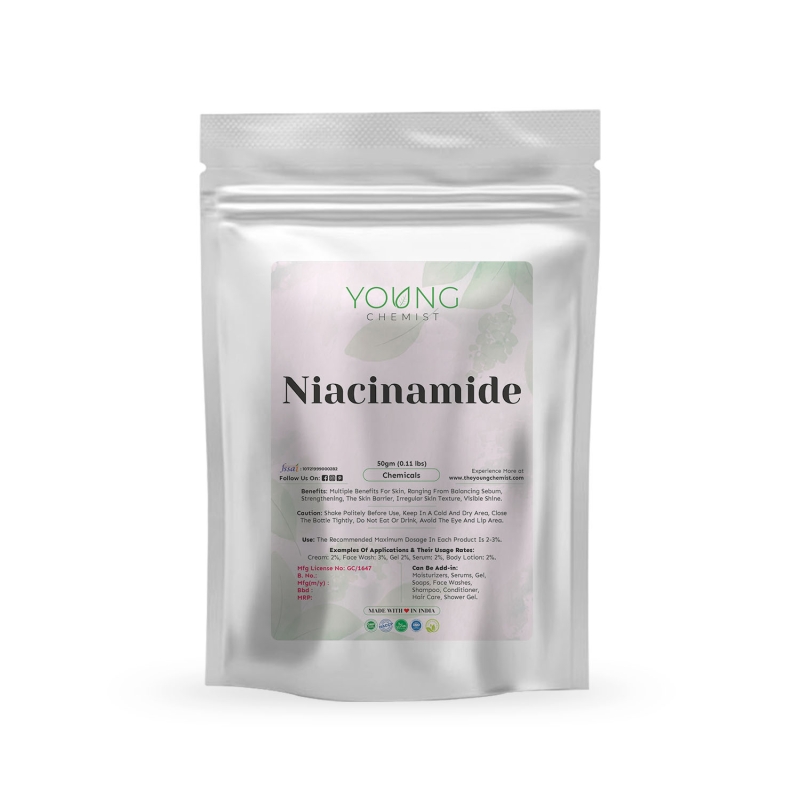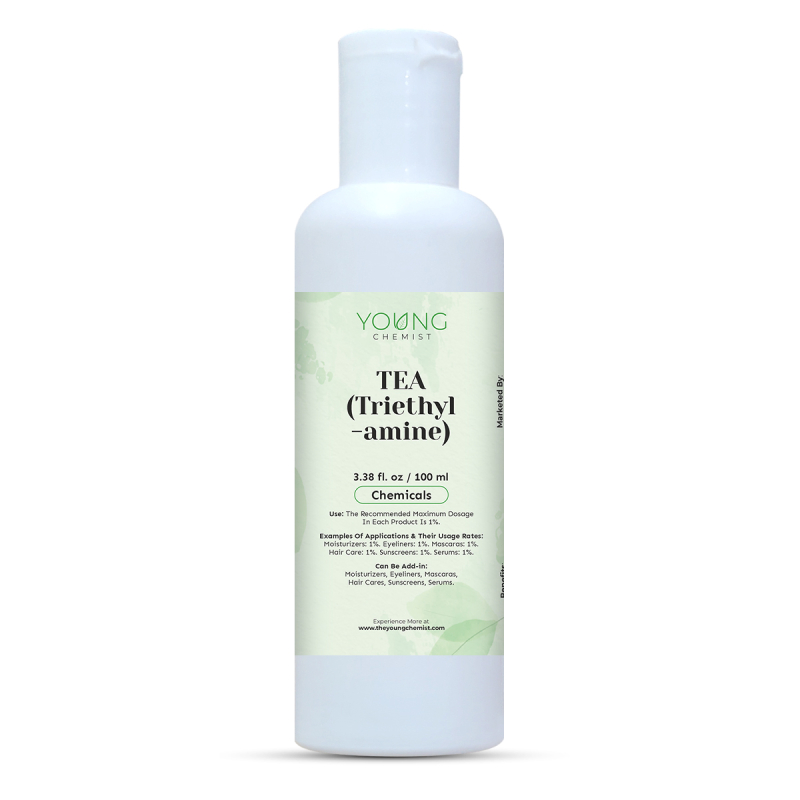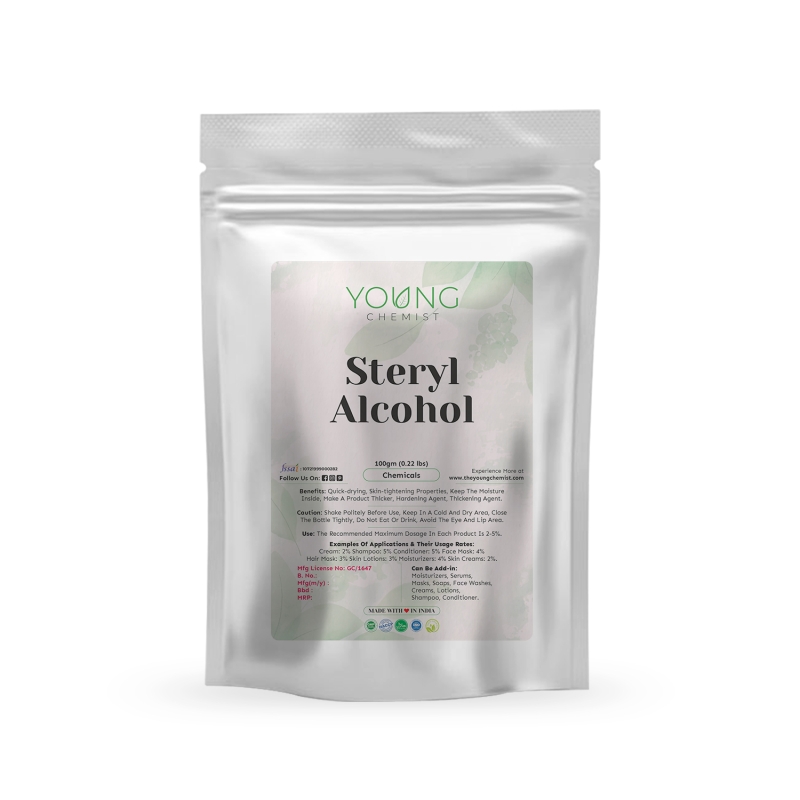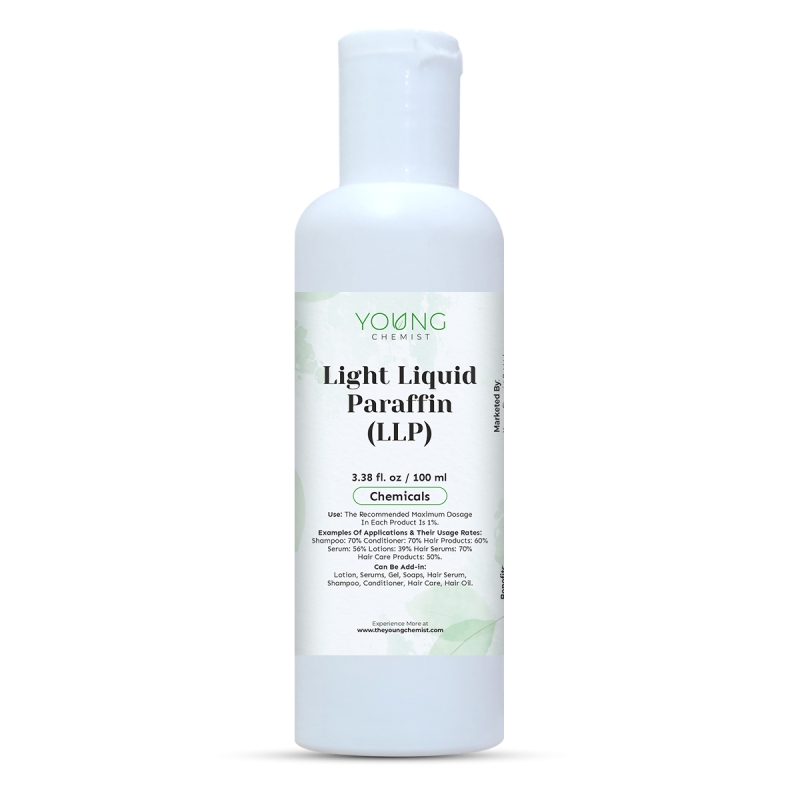-
No Item Added in Cart.
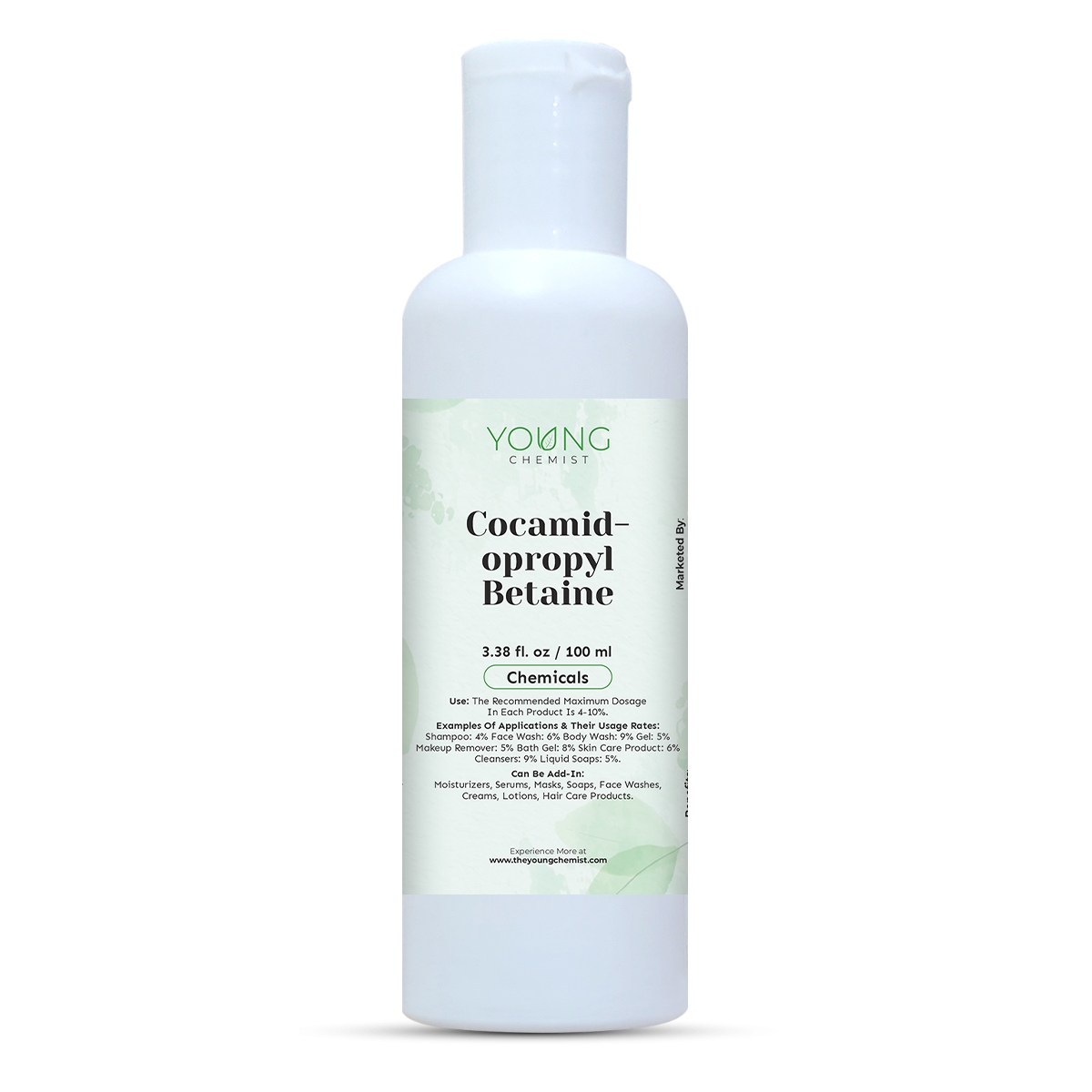
Cocamidopropyl betaine (CAPB)
SKU: CC-SURF-CAPB
Size

40 customers are viewing this product



Young Chemist Cocamidopropyl betaine (CAPB) is a cosmetic chemical commonly used in personal care products such as shampoos, body washes, and liquid soap. It is derived from coconut oil and is known for its mildness and ability to produce rich foam. Here is some information about capb:
Cocamidopropyl betaine (CAPB) is a surfactant and a derivative of coconut oil. It is a clear, viscous liquid with a mild odor. CAPB is compatible with other surfactants and ingredients commonly used in cosmetic formulations.
Cocamidopropyl Betaine (CAPB) is a highly versatile amphoteric surfactant widely used in personal care and cosmetic formulations for its gentle cleansing and excellent foaming properties. Derived from coconut oil, this ingredient is known for being mild, skin-friendly, and suitable for sensitive skin, making it an ideal choice for sulfate-free and irritation-free formulations. CAPB enhances the effectiveness and feel of products like shampoos, face washes, body washes, baby cleansers, hand soaps, and shower gels, offering rich, soft, and luxurious foam.
One of the biggest advantages of Cocamidopropyl Betaine is its ability to improve product performance while reducing harshness. It boosts viscosity, enhances foam stability, and helps create smooth, creamy textures that feel gentle on both skin and hair. This makes it a popular ingredient in premium and everyday cleansing formulations. CAPB also works exceptionally well in combination with other surfactants, improving mildness and overall user experience.
Its natural origin and strong compatibility with a wide range of ingredients make Cocamidopropyl Betaine a go-to choice for brands focused on clean beauty, sulfate-free products, and high-performance formulations. Whether you are creating mild cleansers or rich foaming products, CAPB delivers gentle cleansing, consistent performance, and customer-loving results. For formulators seeking a balanced, effective, and safe surfactant, Cocamidopropyl Betaine offers unmatched versatility and quality.
| Title | Description |
|---|---|
| No specifications available. | |
CAPB is typically used as an ingredient in cosmetic products rather than being used directly. Follow the instructions provided on the specific product you are using. In general, apply the product to wet skin or hair, lather gently, and rinse thoroughly with water.
Cocamidopropyl Betaine (CAPB) is easy to incorporate into a wide range of cleansing formulations. It is typically added during the water phase and can be used as a primary or secondary surfactant. Recommended usage levels range from 5% to 30%, depending on the desired foam level and mildness. For best results, combine CAPB with anionic surfactants to boost foam and improve viscosity. It works exceptionally well in shampoos, body washes, face cleansers, baby products, and hand soaps. Avoid excessive mixing to reduce foam during processing. CAPB helps achieve gentle, effective, and stable formulations with a rich, pleasing texture.
- Gentle Cleansing: CAPB is known for its mildness and is suitable for all skin types, including sensitive skin. It effectively removes dirt, oil, and impurities without stripping the skin or hair of its natural moisture.
- Foaming Properties: capb creates a rich and luxurious lather, enhancing the cleansing experience and making it easier to spread the product over the skin or hair.
- Thickening Agent: capb can also act as a thickening agent in cosmetic formulations, helping to improve the texture and stability of the product.
- Compatibility: CAPB is compatible with a wide range of other cosmetic ingredients, allowing it to be used in various formulations and product types.
Cocamidopropyl Betaine (CAPB) offers multiple benefits that make it a widely used surfactant in modern personal care formulations. It is a mild, coconut-derived cleanser known for its excellent foaming and gentle cleansing properties. CAPB enhances foam richness and stability, giving shampoos and body washes a soft, creamy lather. It reduces irritation caused by harsher surfactants, making products suitable for sensitive skin and daily use. This versatile ingredient improves viscosity, enhances product texture, and supports sulfate-free systems. Its compatibility with various surfactants makes it ideal for shampoos, face washes, baby cleansers, hand washes, and shower gels.
While CAPB is considered safe for use in cosmetics, some individuals may be sensitive or allergic to this ingredient. If you experience any irritation, redness, or discomfort after using a product containing CAPB, discontinue use and consult a healthcare professional. It is always recommended to perform a patch test before using any new cosmetic product, especially if you have known allergies or sensitivities. Keep CAPB-containing products out of reach of children, and avoid contact with the eyes.
Product Questions
CAPB is a mild, amphoteric surfactant commonly used in personal care products. It's derived from coconut oil and acts as a foaming agent, cleanser, and thickener.
Yes, CAPB is generally considered safe for use in personal care products. It has been evaluated by regulatory bodies and is often listed as a "generally recognized as safe" (GRAS) ingredient.
CAPB products offer several benefits, including:
Mildness: CAPB is gentle on the skin and eyes, making it suitable for sensitive skin.
Foaming ability: It creates a rich lather, enhancing the cleansing experience.
Thickening properties: CAPB helps to thicken the consistency of products like shampoos and body washes.
While CAPB is generally well-tolerated, some individuals may experience mild irritation, especially if they have sensitive skin. If you notice any adverse reactions, discontinue use and consult a dermatologist.
CAPB is generally considered biodegradable and environmentally friendly. However, it's essential to choose products that are formulated with sustainable sources of coconut oil and other ingredients.
Yes, CAPB can be used in homemade personal care products like shampoos, body washes, and bubble baths. It's important to follow proper safety guidelines and use the correct proportions.
CAPB is found in a wide range of personal care products, including:
Shampoos
Conditioners
Body washes
Bubble baths
Hand soaps
Facial cleansers
CAPB is generally safe for use on children when used as directed. However, it's always a good idea to patch test new products on a small area of skin before full use.
Yes, there are alternative surfactants that can be used in personal care products. Some popular options include sodium lauryl sulfate (SLS), sodium laureth sulfate (SLES), and coco-betaine.
When selecting a CAPB product, look for the following:
Natural ingredients: Choose products with minimal synthetic additives.
Sustainability: Opt for brands that prioritize environmentally friendly practices.
Customer reviews: Read reviews to see what others think about the product's effectiveness and quality.


